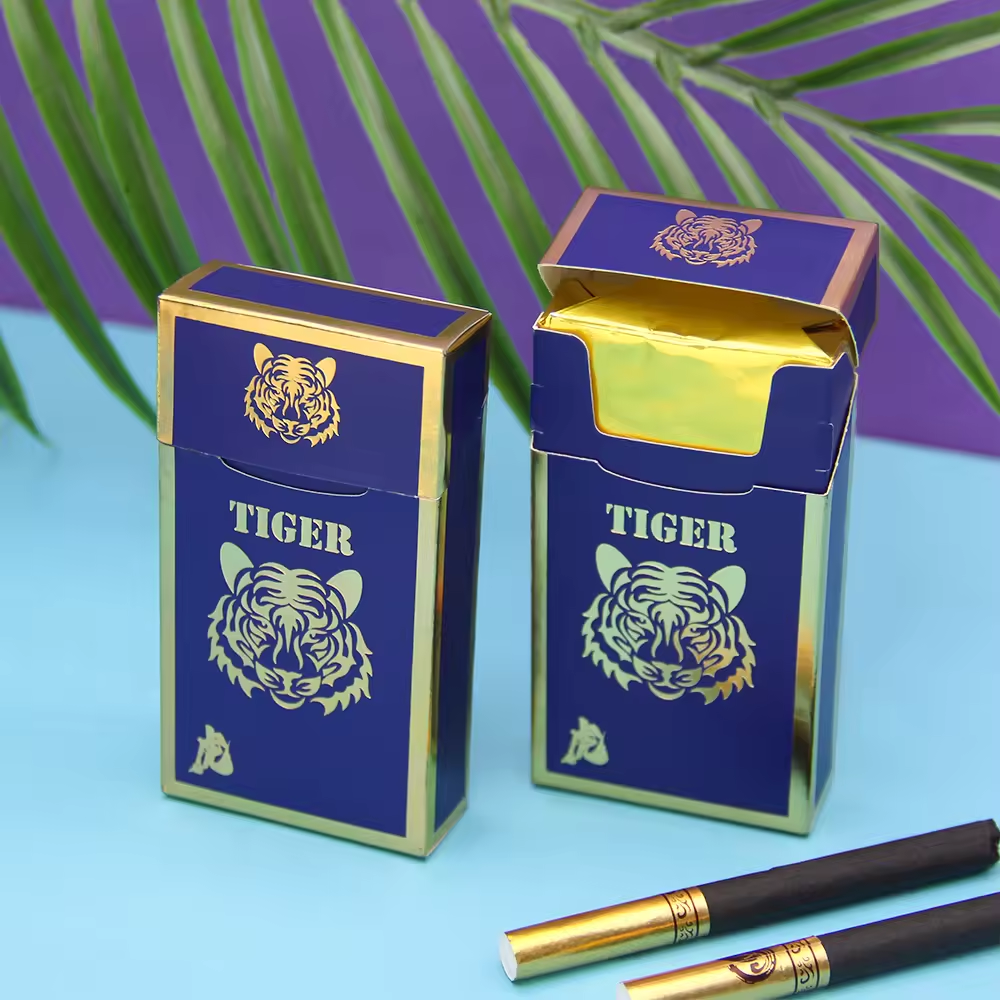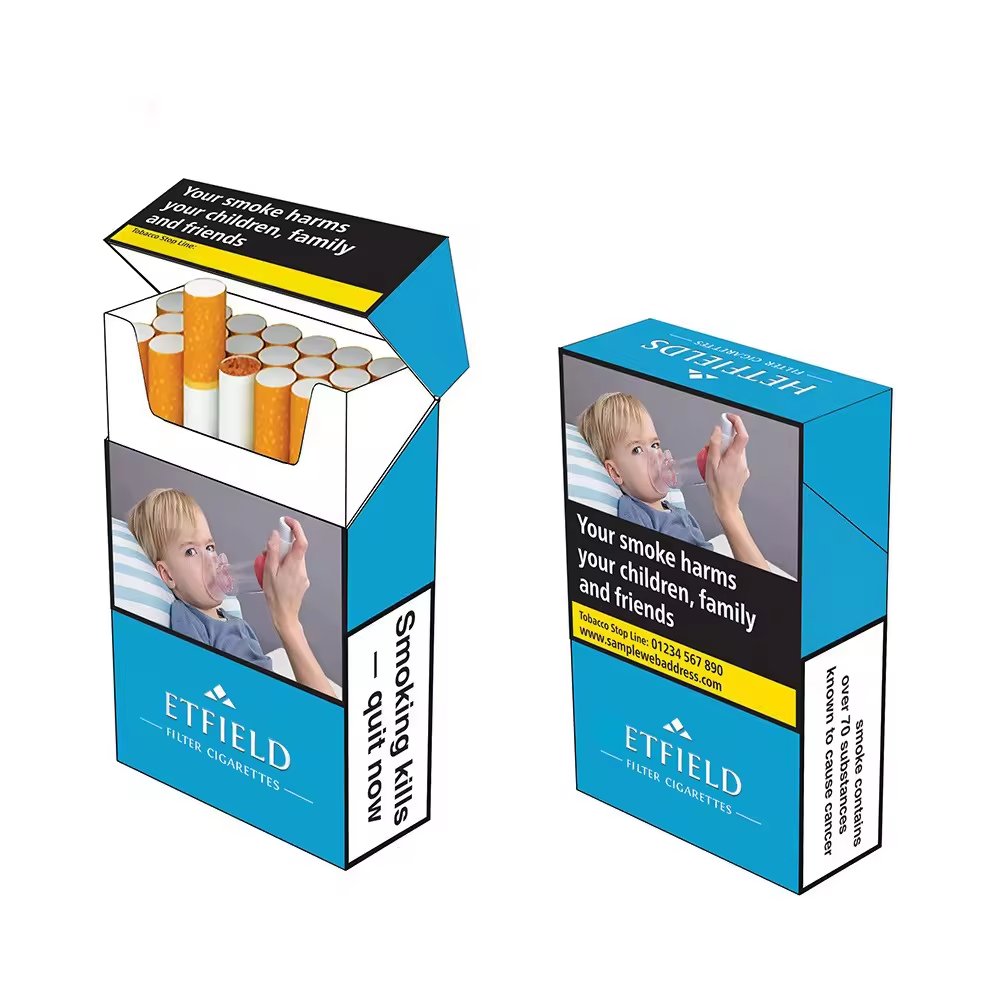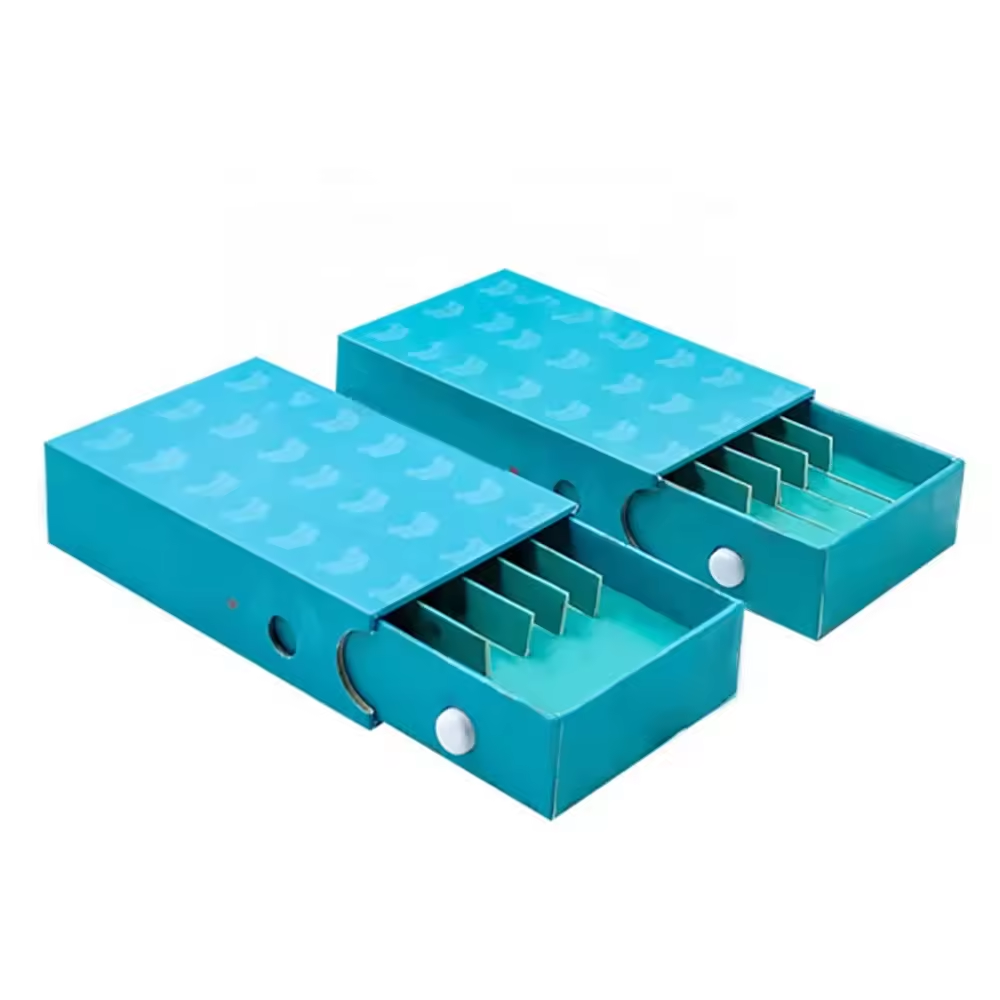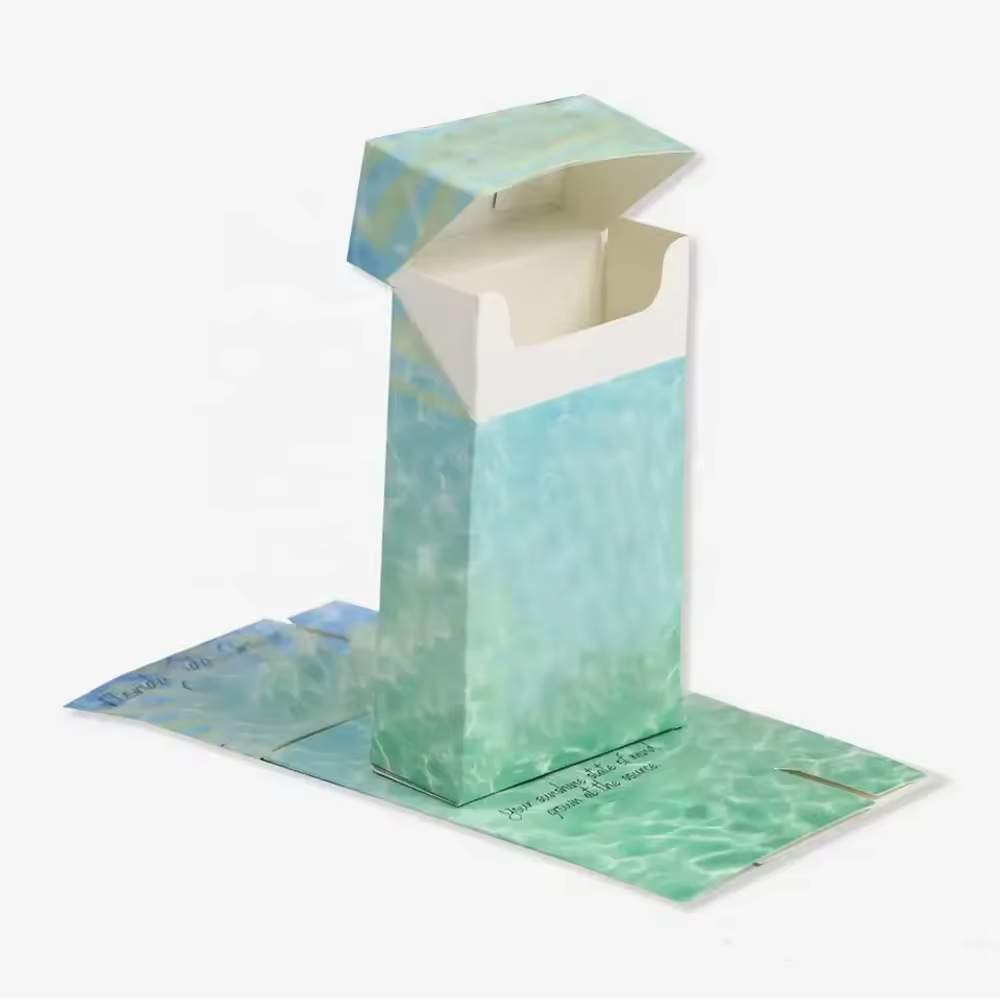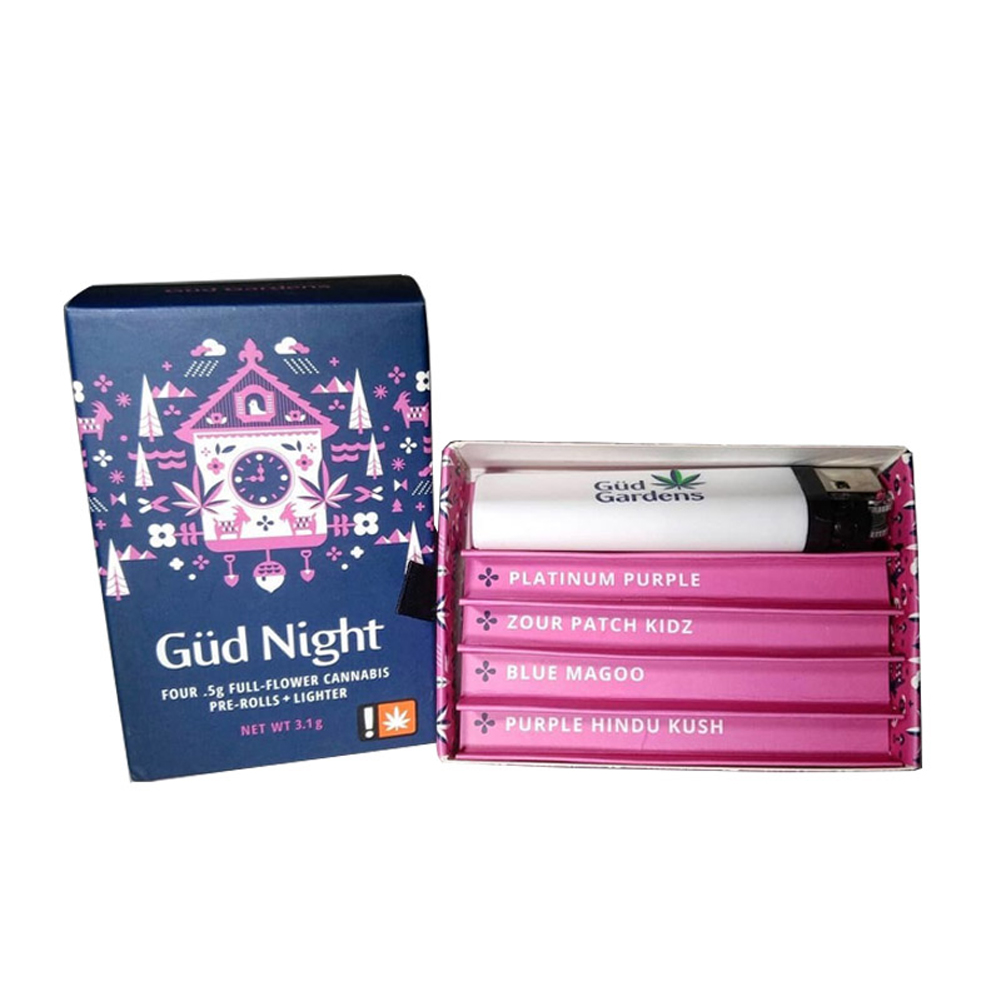Cigarette packaging is more than just a container for tobacco products; it is a powerful tool for branding and marketing. Among the various colors used in cigarette branding, blue holds a unique place. This article delves into the significance of the color blue in cigarette packaging, covering its historical context, market perception, and any related health implications. Our goal is to provide an informative and engaging read that will help our website rank highly on Google for the keyword “blue cigarette packaging ph.”
Introduction(blue cigarette packaging ph)
When you walk into a convenience store or browse the tobacco section of a supermarket, you’ll notice a spectrum of colors adorning the cigarette packs. Each color isn’t just a design choice but a strategic branding decision. Among these, blue stands out. Blue cigarette packaging has become synonymous with a certain type of product and brand identity. But what exactly does blue signify in the world of cigarettes?
Historical Context(blue cigarette packaging ph)
The use of blue in cigarette packaging dates back several decades. Historically, colors in packaging have been used to denote strength, flavor, and target demographic.
The Evolution of blue cigarette packaging ph Branding
- Early 20th Century: Cigarette brands began using colors to differentiate their products. Blue was often chosen to represent a milder or smoother smoking experience compared to the harsher reds or blacks.
- Mid to Late 20th Century: As smoking became more prevalent, brands like Marlboro and Camel introduced blue variants to appeal to a broader audience seeking a refined and less intense experience.
- 21st Century: With increasing regulations on cigarette marketing, the color blue has been consistently associated with “light” or “mild” versions of popular brands, despite restrictions on using such terms.
Market Perception(blue cigarette packaging ph)
The market perception of blue-labeled cigarettes is crucial in understanding their place in the industry. Blue packaging is often perceived as indicative of a milder, smoother, and sometimes healthier option, although this perception can be misleading.
Consumers often associate blue cigarette packaging ph with:
- Mildness: Many believe that cigarettes n blue packaging are less harsh on the throat and lungs.
- Sophistication: Blue is often seen as a more refined and elegant color, appealing to a demographic seeking a premium experience.
- Healthier Choice: Despite regulations, the color blue can still subtly suggest a healthier alternative to more robust options.
Health Implications(blue cigarette packaging ph)
It’s important to address the health implications associated with blue cigarette packaging. The color blue, while often associated with a milder product, does not equate to a healthier smoking experience.
Misleading Perceptions(blue cigarette packaging ph)
- Nicotine and Tar Levels: Blue-labeled cigarettes often contain similar levels of nicotine and tar as their counterparts in different colored packaging.
- Regulatory Measures: Governments have imposed strict regulations to prevent misleading branding. Terms like “light” and “mild” are banned, but color associations persist.
- Public Health: Studies have shown that smokers may underestimate the health risks of cigarettes in blue packaging, believing them to be less harmful.
Conclusion
The significance of blue in cigarette packaging is a fascinating blend of historical evolution, market perception, and public health implications. While the color blue can suggest a milder smoking experience, it’s essential to remember that no cigarette is safe. The color coding in cigarette packaging, including blue, serves as a powerful marketing tool that influences consumer behavior and perception.
For those looking to delve deeper into the topic, it’s vital to stay informed and critically evaluate the branding strategies employed by tobacco companies. By understanding the nuances behind “blue cigarette packaging ph,” consumers can make more informed choices about their smoking habits.
Post time: Jun-20-2024


